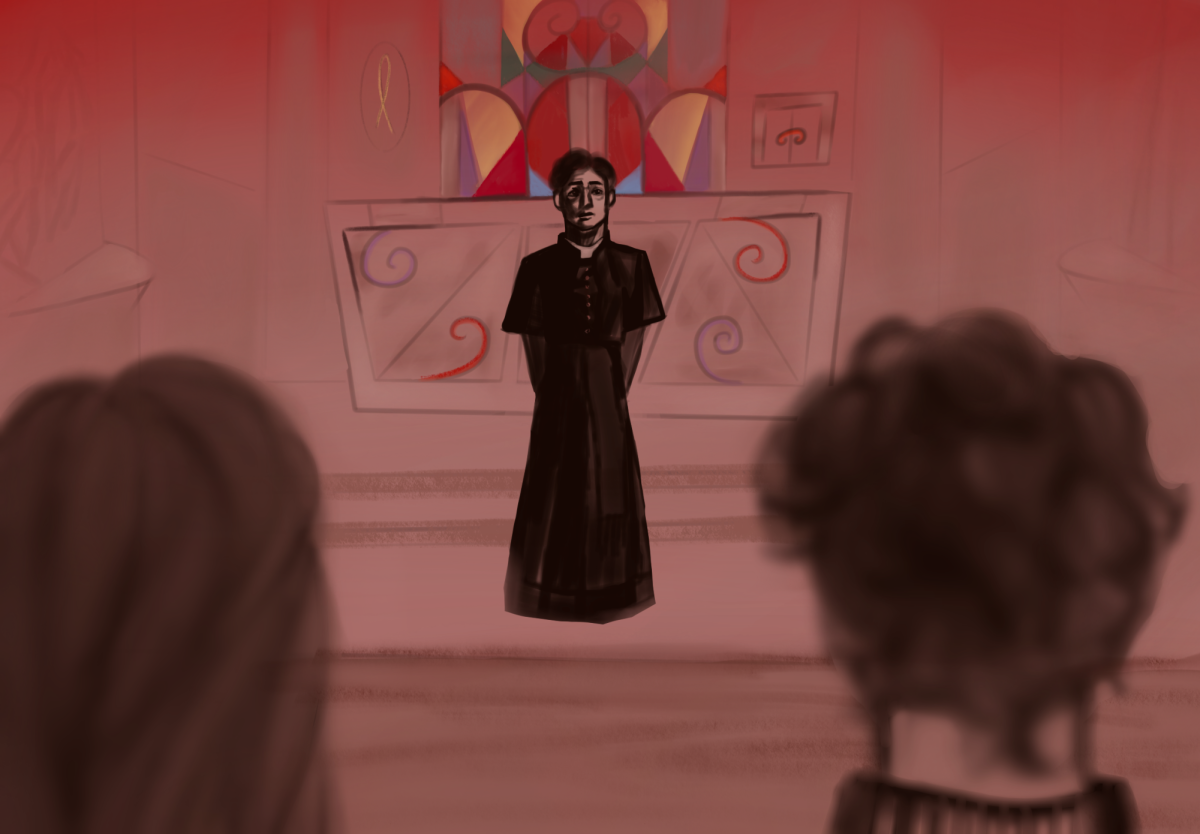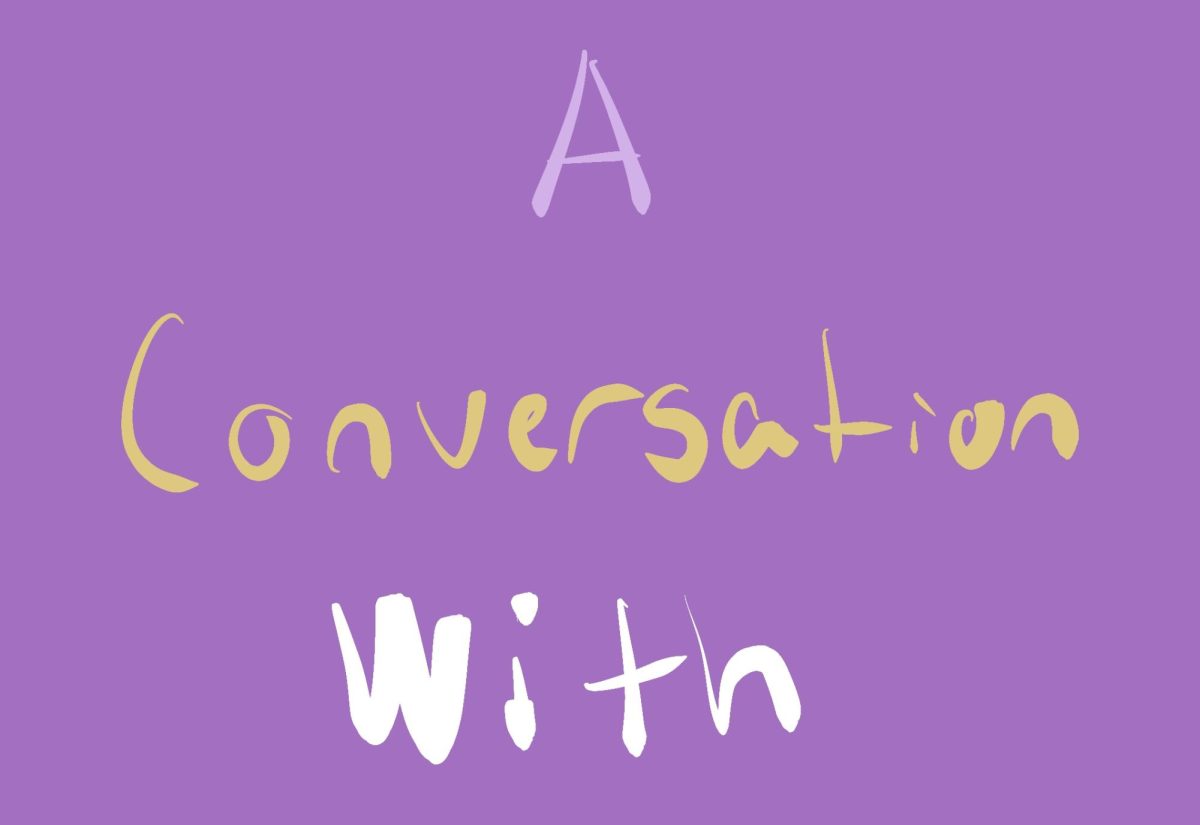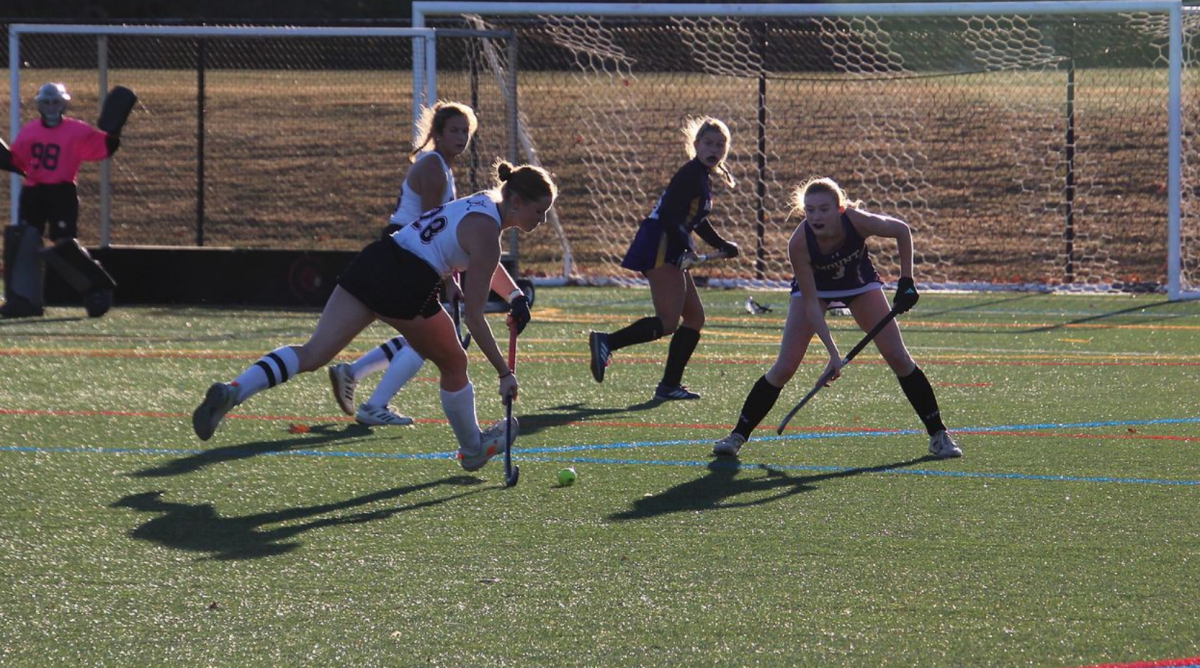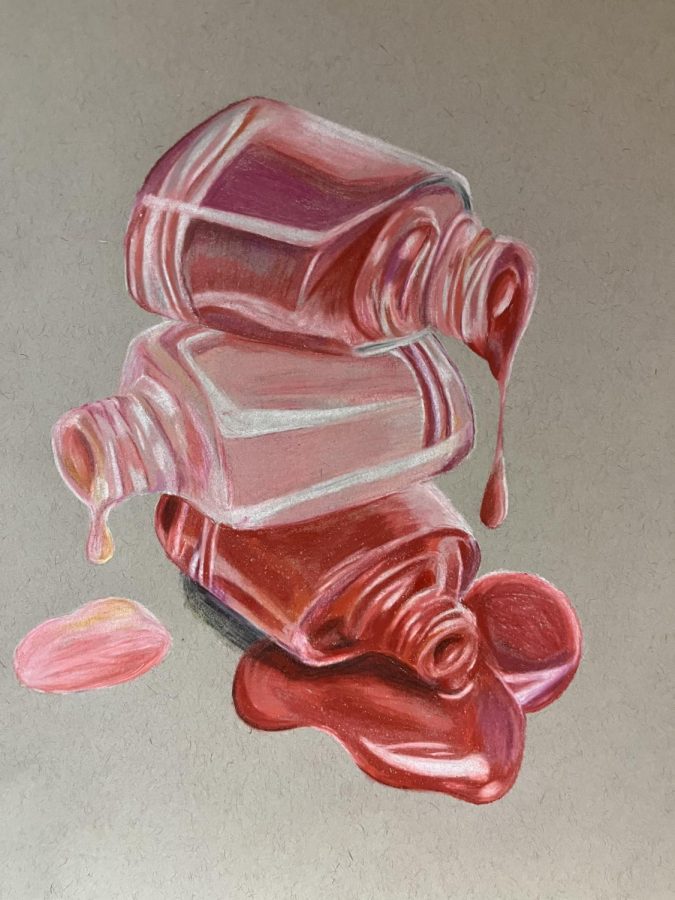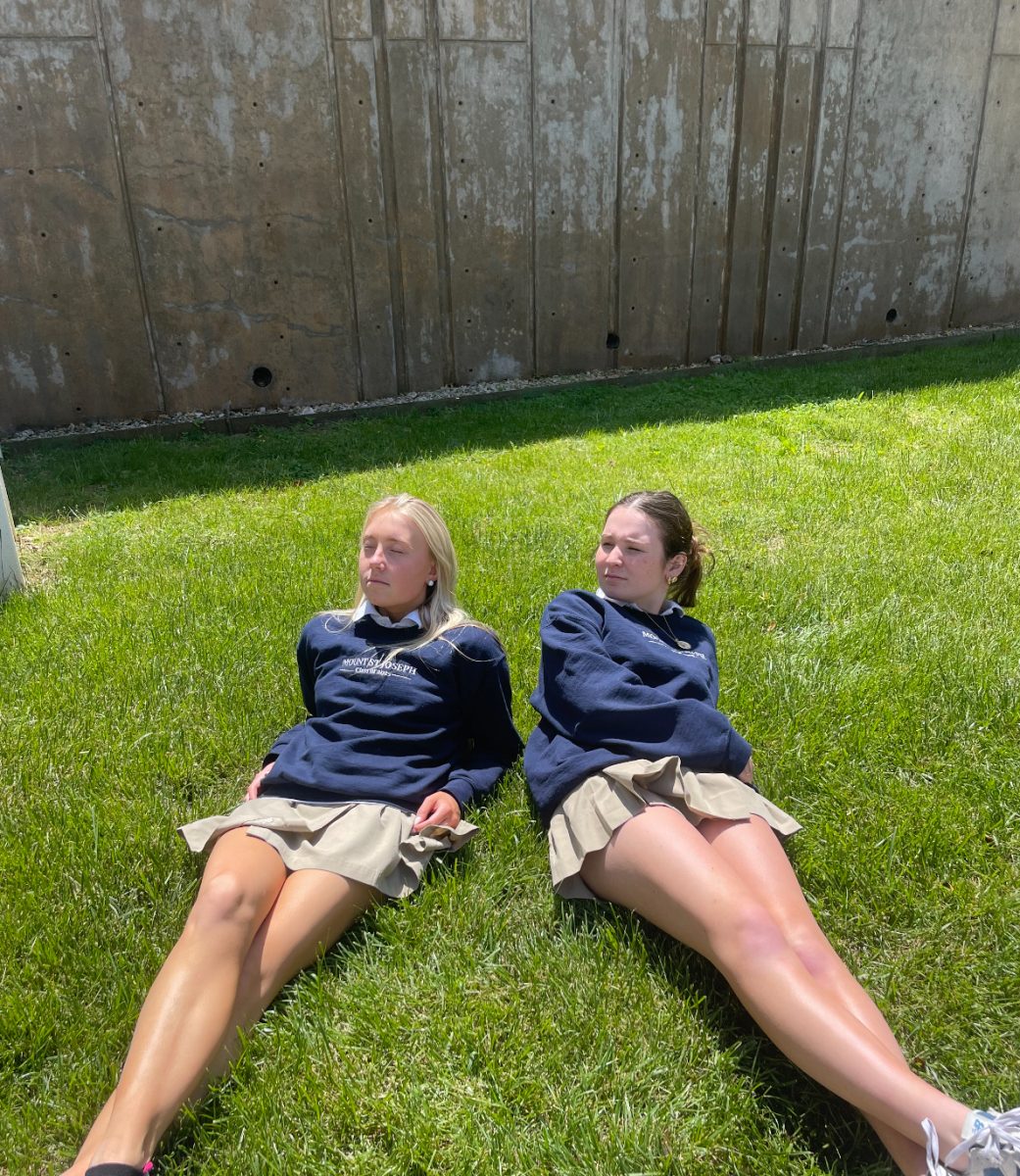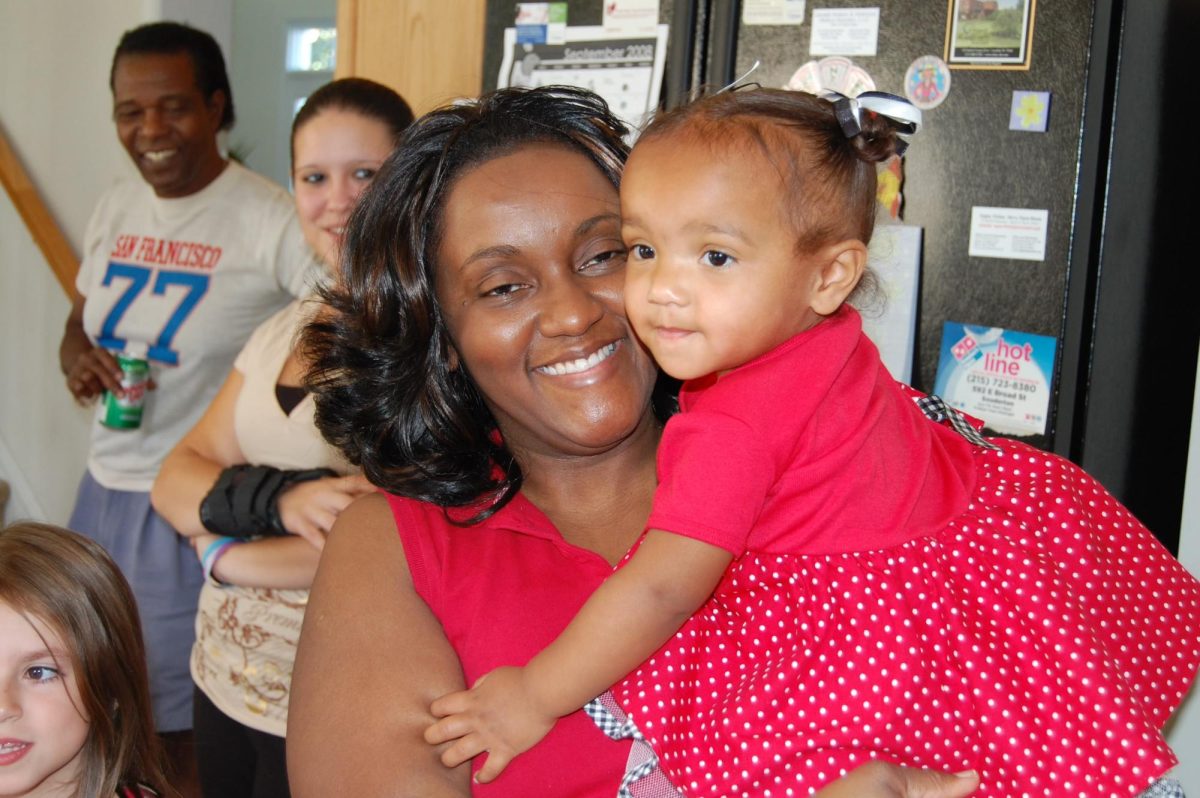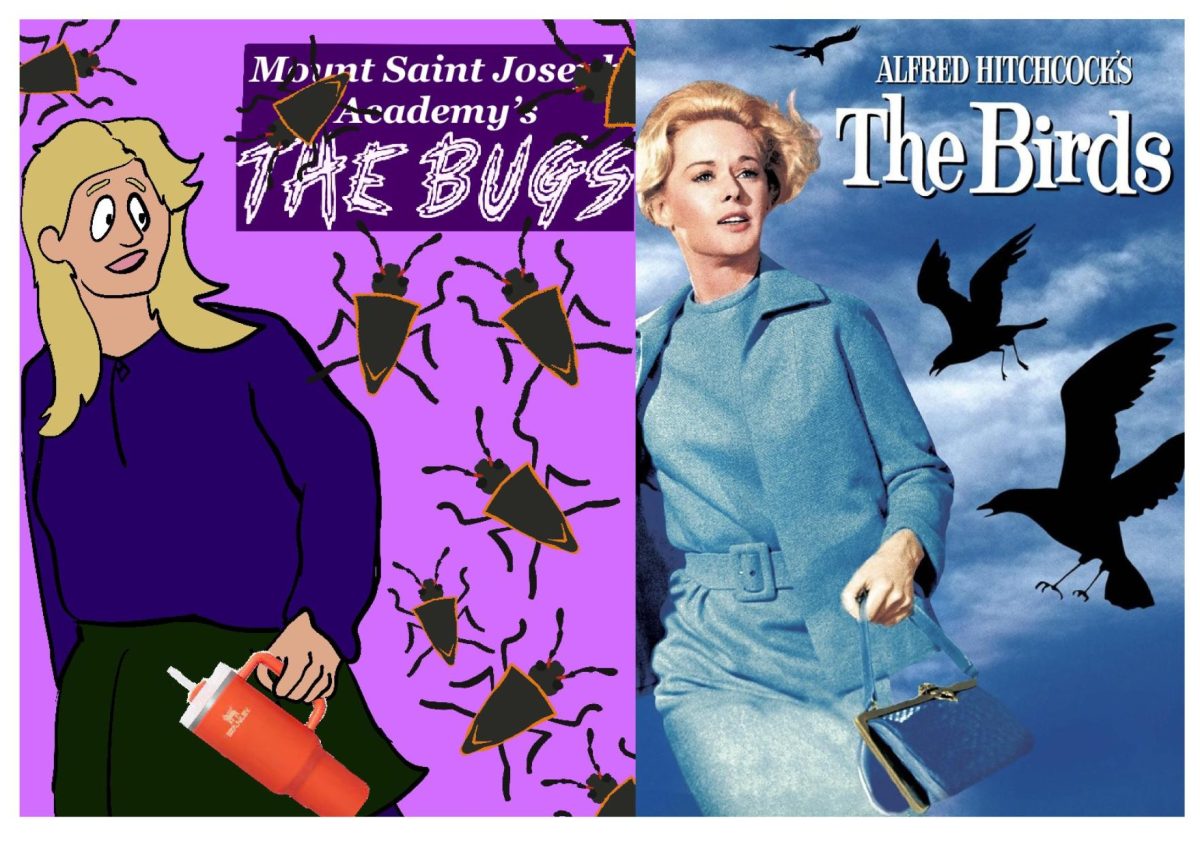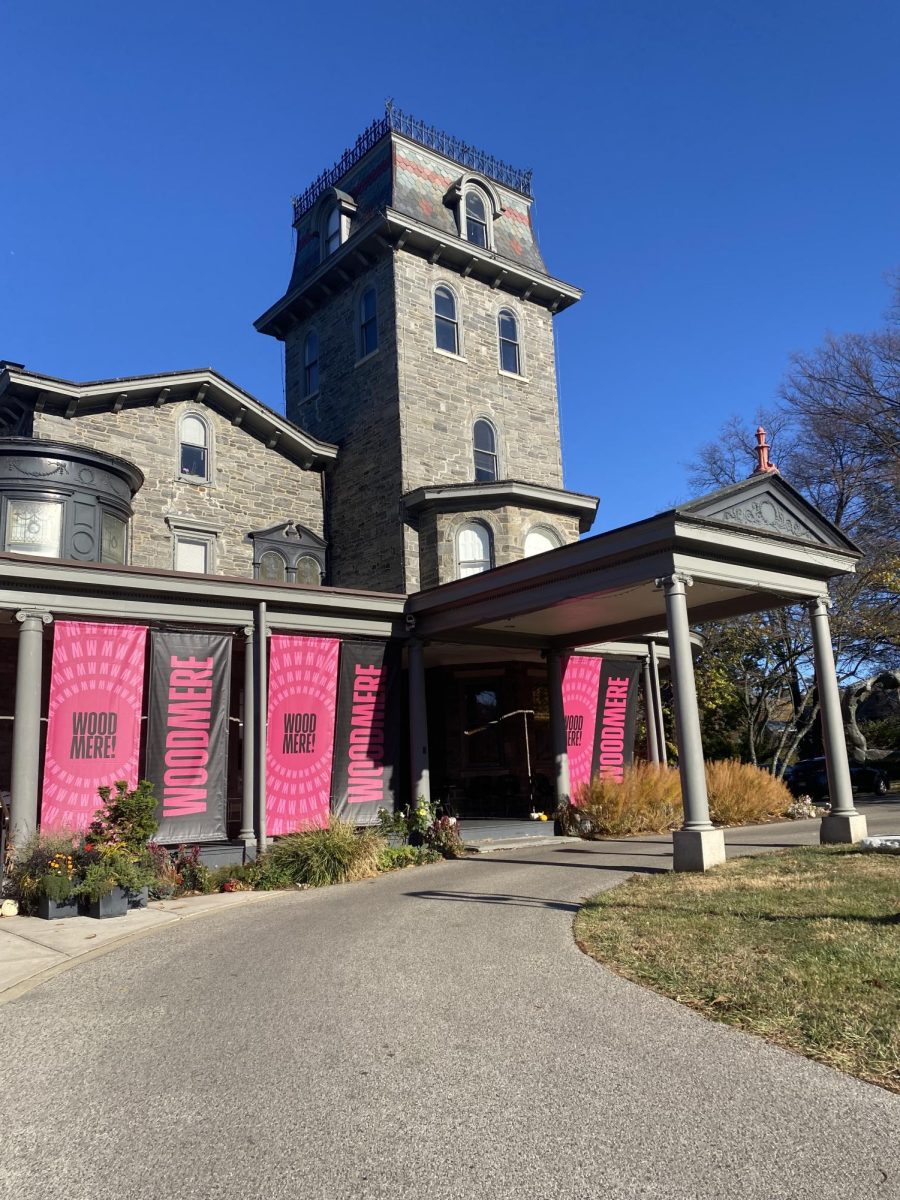Yoshitomo Nara is one of the most famous Japanese contemporary artists, widely loved for his depictions of big-headed and wide-eyed children. Upon first glance, the cartoon-like characters are innocent, but each of Nara’s pieces argue deeper messages about the complex experiences of children and corruption in humanity. Many of his characters are featured with unexpected elements such as weapons, cigarettes, or fangs, creating a contrast between innocence and menace.
Nara’s childhood has greatly impacted his artwork. Born in 1959 in the city of Hirosaki and raised in the town of Aomori, his life mimicked that of an only child; his parents spent much of their time at work, and there is a large age-gap between him and his older brothers. He describes having been a sensitive child who dealt with loneliness and a struggle to fit-in, but he found solace in music and animals.
Growing up in post-World War II Japan, Nara was exposed to elements of Western culture such as punk rock, fairy tales, comic books, and Warner Bros and Walt Disney animation. His artwork blends Western influence with ideas from Japanese manga and anime.

Nara attended the Aichi Prefecture University of Fine Arts and Music where he received his Masters and Bachelors of Fine arts. He then moved to Germany to study at the Kunstakademie in Düsseldorf, Germany. Nara’s time in Germany was pivotal for helping him rediscover himself.
Using muted color palettes, minimal shading, and thick line work, Nara has created a distinct style that is immediately recognizable. His pieces now sell for millions each.
Knife Behind Back, 2000

Beneath the brown bob and cutesy red dress is a little girl marked by defiance and determination. Her furrowed brow and wide eyes are contemplative, and her stance is confident. With one arm tucked away behind her body, one can only wonder what the girl is hiding. She is small and innocent, but the uncertainty of her intentions is unsettling. Although menacing, there is an element of vulnerability in her defensiveness.
“I kind of see children among other, bigger, bad people all around them, who are holding bigger knives,” Nara said.
Missing In Action—Girl Meets Boy, 2005

On the right half of this painting there is a young child, serene and content. On the left half of this painting there is a child whose life will never be the same; the atomic bomb explosion of Hiroshima is reflected in the child’s left eye. The world is plagued by violence and destruction, and the child’s tranquility may reflect a struggle to process this catastrophe.
After the Acid Rain, 2010

Although standing in a pool of corrosive liquid, she is still standing. Somber yet resilient, this young girl exemplifies hope after catastrophe. Her eyes glisten brighter than anything in her surroundings; she serves as a beacon of hope in the aftermath of destruction.





